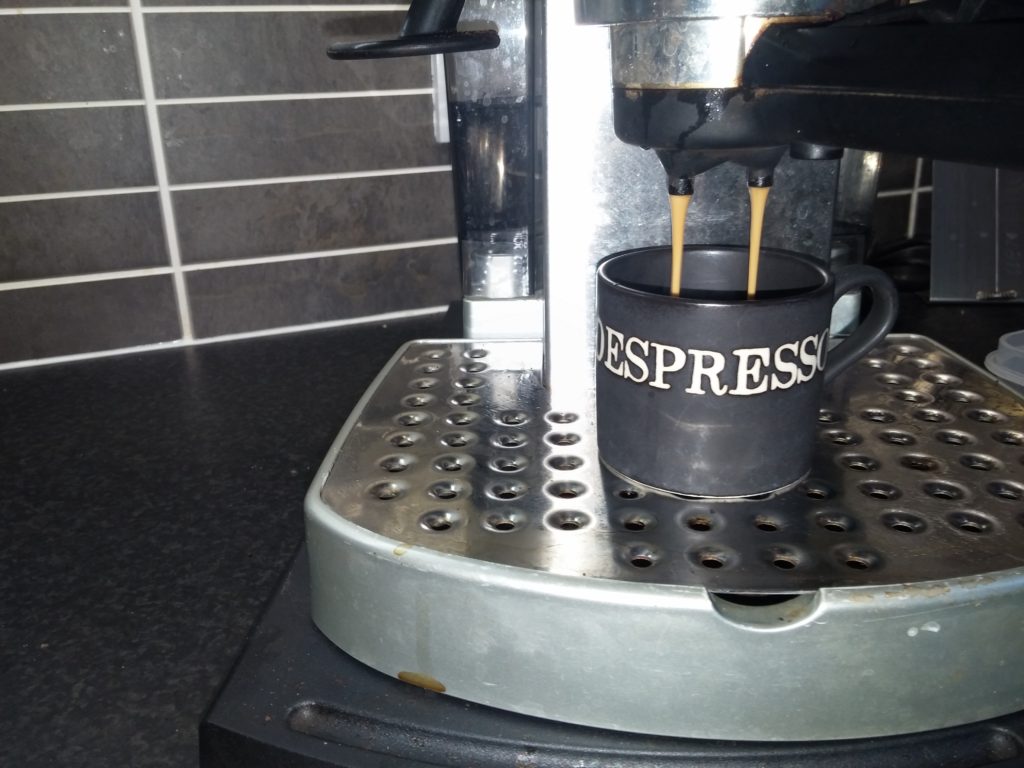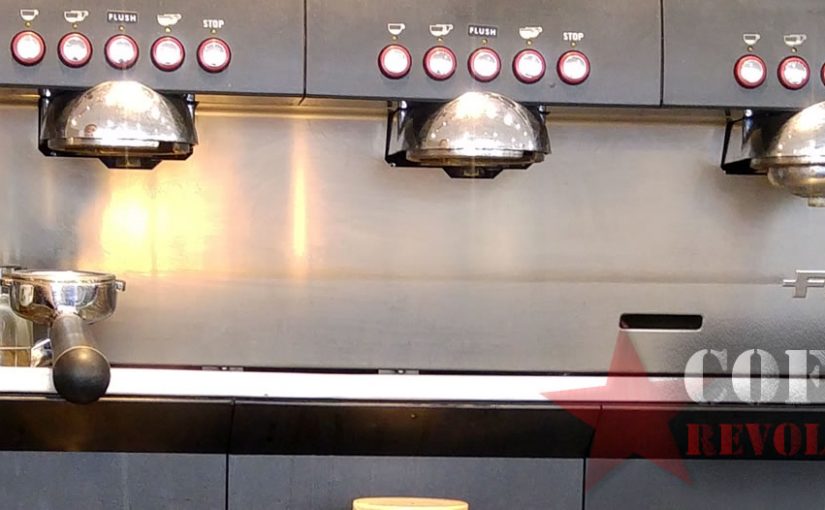When looking for a home or commercial espresso machine, it’s best to find one that suits your needs.
And while a lot of the features that espresso machines offer can seem like complete jargon, understanding that jargon can be the difference between buying what you need and want, and buying something not suited for you. In this section, we’ll go over what thermoblocks are and how they work when compared to a heat exchanger and broiler configuration.
Thermoblocks are a style of water heating element found inside of espresso machines. They are, in the their most basic form, blocks of either aluminum, brass, or another metal, in which a winding channel is present inside.
This block is heated using its own internal electric heating element, and cold water from the water tank is pulled through the block, rapidly heating it to the proper temperature for either espresso or steam.
For steam production, the thermoblock is heated even higher, and small bursts of water are sent though which instantly turn into steam, and are propelled through the steam wand.
Though, of course the quality of thermoblocks can vary from manufacturer to manufacturer, ones that are smaller in size do have some disadvantages. Smaller thermoblocks do face the issue of producing water of varying temperatures, ones that bigger thermoblocks with a larger mass don’t face.
Thermoblocks are found in a wide range of machines, and are a great broiler alternative for more affordable espresso machines, especially because of how fast the transition from espresso to steam can be.
While thermoblocks are used independently without any other broilers or additional heating elements, heat exchangers are used with a single broiler to quickly swap between espresso and steam, effectively taking the place of a dual broiler machine, and doing a better job at it.
For clarity, a broiler is a reservoir inside of an espresso machine that is heated using a heating element, with tubes leading in and out to allow fresh water to come in, and hot water to come out.

With a heat exchanging system, the single broiler is always kept at steaming temperature, and when brewing espresso, cold water is shot through a copper tube inside the broiler that is engineered to be the perfect length and width to hit the perfect brewing temperature for espresso.
This is possible with the use of a set of solenoid valves that permit the passage of cold water. Because the broiler is always at the proper steaming temperature, it allows the user to efficiently switch between espresso and steam, as well as do both at the same time.
A heat exchanger and single broiler combo are usually the best and most efficient way to make a latte, as it gives the user a lot of freedom and agility when doing so.
Though, no matter what you pick, it is very important to keep up with regular maintenance on the machine, meaning it should be descaled as per the manufactures instructions, and cared for like it is a child.
Espresso machines are beautiful tools that will last forever, but only if they are taken care of properly.
